Some people prefer hot, humid weather, while others like it cold and dry. Luckily, no matter what you prefer, there’s somewhere in the U.S. that will suit you. Every year throughout the country, winter settles in across the northern states, creating winter wonderlands with blissfully cold temperatures perfect for the holidays and beyond. But which cities are the coldest?
If you’re considering moving to a new area but aren’t sure where to choose, we’re here to help. Whether you like warm weather year-round and are looking for places to avoid, or love it cold and snowy, Redfin has compiled a list of the coldest cities in the U.S. to help you move with confidence. Read on to discover if one of these cities is right for you.
How we measure the coldest cities
For our purposes of determining the “coldest” cities, this list will focus on cities that have the lowest average annual temperature. An average annual temperature combines a city’s average daily high and low temperatures for a year and averages them into one number. Because of this, some cities may see cold temperatures more frequently but have a higher yearly average temperature, so we won’t include them.
Keep reading to see Redfin’s rankings of the coldest cities in the U.S. with a population of 75,000 or more.
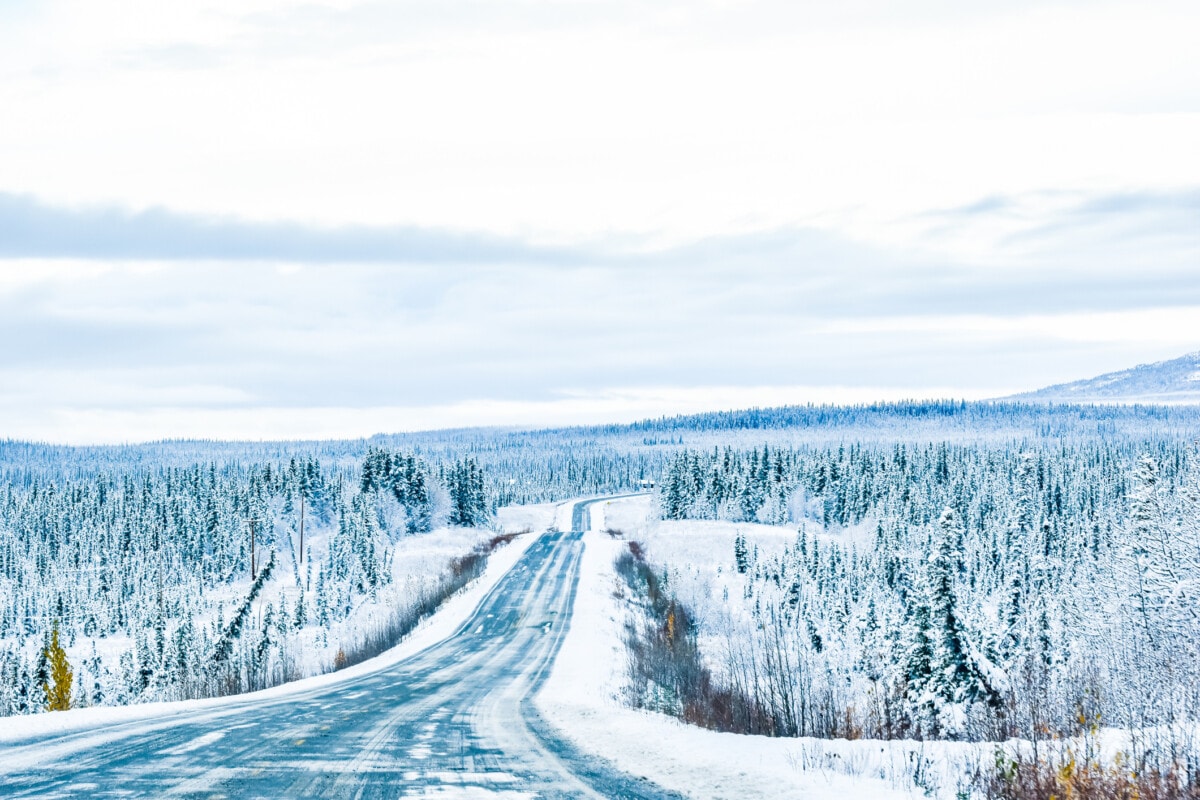
Your future home is just a tap away
Explore homes with the Redfin app anytime, anywhere.
What are the coldest cities in the U.S.?
Your future home is just a tap away
1. Anchorage, Alaska
- Average annual temperature: 37.6 degrees
- Average number of days at or below freezing: 191 days
- Record lowest temperature: -38 degrees (1947)
Anchorage, AK, is the coldest large city in the United States. The city owes its cold temperatures primarily to its far northern location instead of frigid Arctic blasts of air. This is because it’s located near the ocean and surrounded by mountains, which helps keep temperatures from getting excessively hot or cold. Anchorage is also the cloudiest city in the U.S.
Compared to other Alaskan towns, it’s actually fairly mild. For example, Fairbanks, AK, (28.3 degrees) is much colder than Anchorage (and actually the coldest official city in the U.S.) but too small for this list.
So, do you want to move to the coldest major city in the U.S.? If so, buying a home in Anchorage, AK, will cost an average of $395,000, which is on par with the national average of $420,000. Or, if you’re thinking of renting an apartment, the monthly rent price for a one-bedroom apartment averages $1,050, compared to the national average of $2,052.
Learn more about living in Anchorage.
2. Duluth, Minnesota
- Average annual temperature: 40.6 degrees
- Average number of days at or below freezing: 183 days
- Record lowest temperature: -41 degrees (1885)
Duluth, MN, is the second-coldest city in the U.S., and the coldest in the lower 48 states. Grand Forks, ND (39.8 degrees), is technically colder, but it’s too small for this list.
Duluth is so cold year-round because of its northern location and its proximity to Lake Superior.
During the summer, the lake essentially acts like a heat sink, keeping the region much cooler than nearby cities like Minneapolis. And during the winter, the area receives extremely cold Arctic air from Canada. Additionally, Lake Superior often partially freezes over, causing additional cooling. Duluth also sees an abundance of lake-effect snow, making it one of the snowiest cities in the U.S.
If you’re considering buying a home in Duluth, MN, you’ll find that the median home sale price is around $299,000, near the national average. Or, if you’re thinking of renting an apartment, the average monthly rent price for a one-bedroom apartment is about $1,580.
Learn more about living in Duluth.
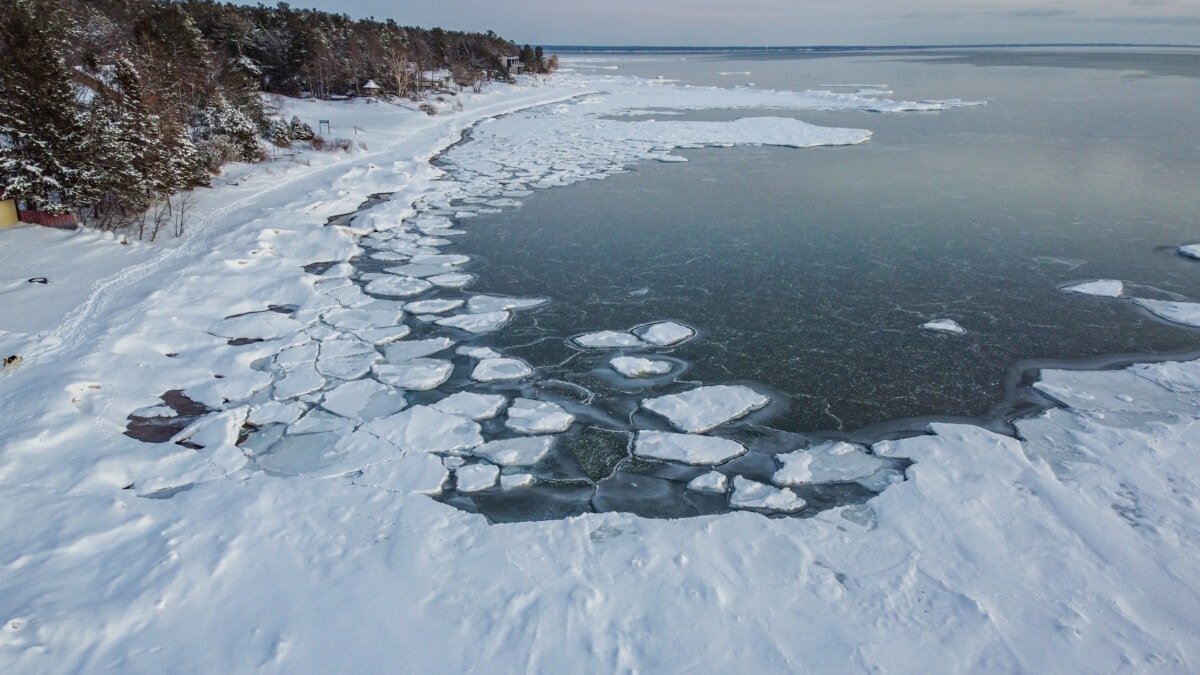
3. Fargo, North Dakota
- Average annual temperature: 42.2 degrees
- Average number of days at or below freezing: 177 days
- Record lowest temperature: -39 degrees (1996)
The largest city in North Dakota, Fargo is the third-coldest city in the country. This city earns its spot because of its flat landscape and proximity to Canada, putting it directly in the path of bitter Arctic air masses that are common in the winter. These cold fronts, along with summer thunderstorms, also make Fargo one of the windiest cities in the U.S. And, because of its northern location, summers don’t usually get too hot, with average high temperatures barely passing 80 degrees in July.
Buying a home in Fargo will cost an average of $280,000, which is well below the national average. If you’re thinking of renting an apartment, the monthly rent price for a one-bedroom apartment averages $976.
4. Saint Cloud, Minnesota
- Average annual temperature: 42.9 degrees
- Average number of days at or below freezing: 176 days
- Record lowest temperature: -43 degrees (1977)
Similar to Duluth, St. Cloud is right in the path of bitter Arctic air that commonly flows from Canada in the fall and winter. However, even though St. Cloud is only 144 miles southwest of Duluth, its summers are significantly warmer, pushing up its average annual temperature. This is because the city doesn’t have a large body of water to regulate temperatures. As a result, summer temperatures average about five degrees warmer (65.8 in Duluth vs. 70.3 in St. Cloud.)
Want to move to Central Minnesota? Buying a home in St. Cloud will cost an average of $236,000, which is below the national average. Or, if you’re thinking of renting an apartment, the monthly rent price for a one-bedroom apartment averages $752.
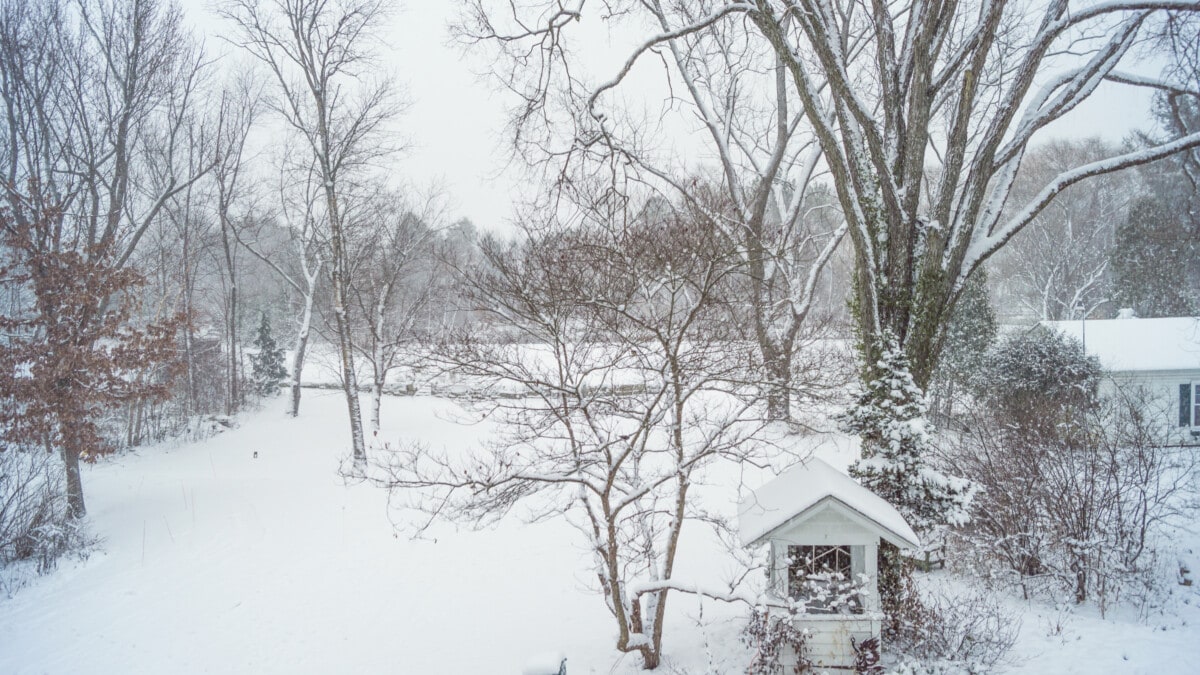
5. Bismarck, North Dakota
- Average annual temperature: 43.1 degrees
- Average number of days at or below freezing: 186 days
- Record lowest temperature: -46 degrees (1916/36)
The capital of North Dakota, Bismarck is the fifth-coldest city in the country. Bismarck sees nearly all of the same trends as Fargo, receiving cold air from Canada that makes winters very cold and snowy.
However, Bismarck differs from nearby cities in that it’s closer to the Rocky Mountains, which provides a warming influence as air flows down the steep eastern slopes. Sometimes, these winds can be very strong, which are called the Chinook Winds. This effect helps push Bismarck’s temperatures slightly warmer than other cities.
If moving to Bismarck sounds appealing, you’ll find the median home sale price to be $327,000, just below the national average. If you’re looking to rent an apartment, the average cost of a one-bedroom apartment is $1,169.
6. Eau Claire, Wisconsin
- Average annual temperature: 44.7 degrees
- Average number of days at or below freezing: unavailable, but the record is 186 days
- Record lowest temperature: -45 degrees (1951)
Eau Caire, WI, is the sixth-coldest major city in the United States. Like most other cities on this list, it’s so cold because it’s directly in the path of Arctic air that comes from the north in the winter. However, Eau Claire is warmer than nearby St. Cloud and Duluth because it’s farther south and east, putting it farther away from the center of the cold fronts.
If you’re considering buying a home in Eau Claire, you’ll find that the median home sale price is about $285,000, well below the national average. Or, if you’re considering renting an apartment, expect the average price for a one-bedroom apartment to be around $795.
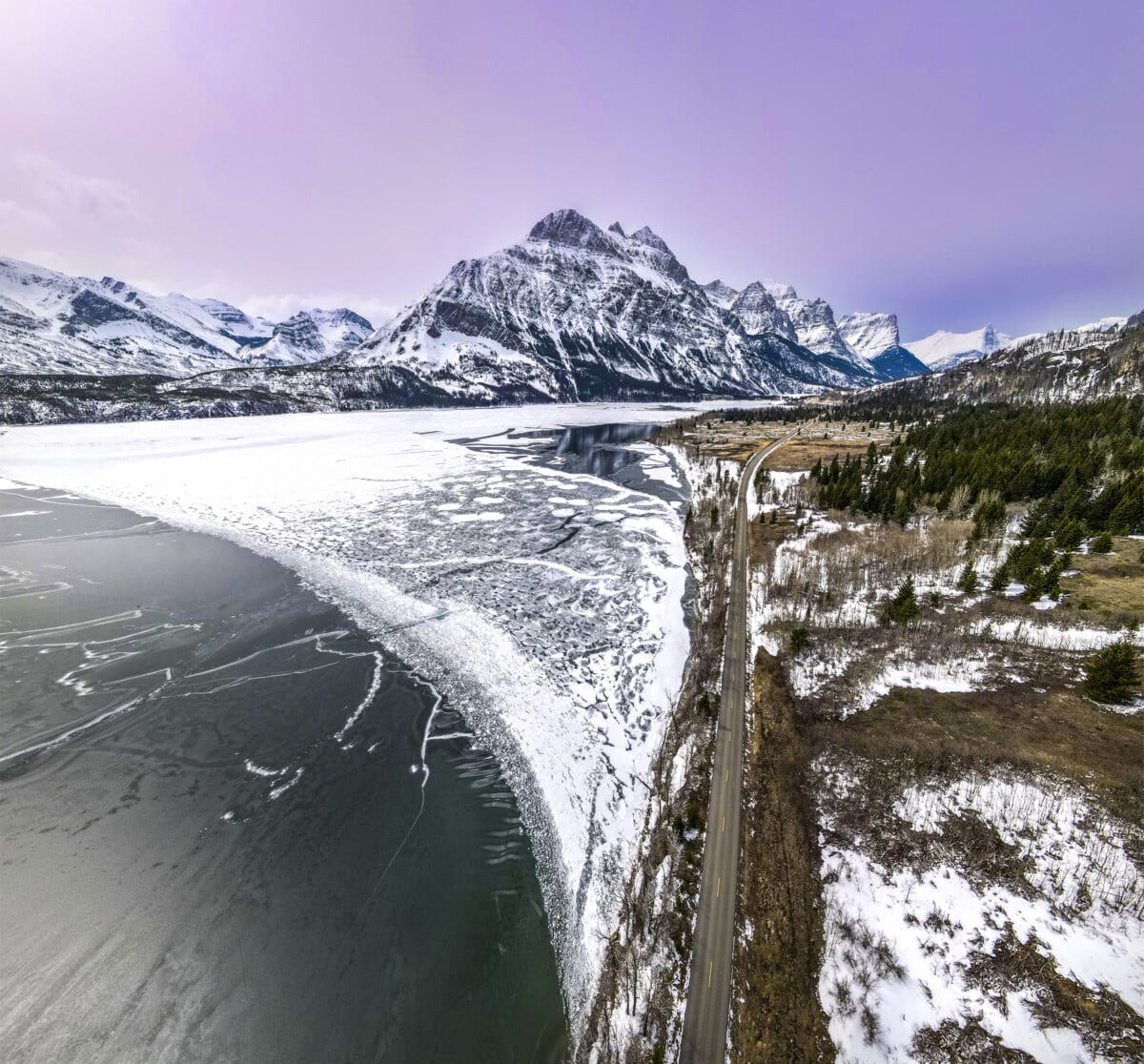
7. Missoula, Montana
- Average annual temperature: 45.2 degrees
- Average number of days at or below freezing: 179 days
- Record lowest temperature: -33 degrees (1957)
Missoula, MT, is the seventh-coldest city in the U.S. and the only city on this list not on the Great Plains. The city is nestled deep in the Rocky Mountains south of the Flathead Range, meaning cold air that flows from Canada often gets blocked by tall peaks on all sides. As a result, Missoula actually has the warmest average December temperature on this list at 23.9 degrees.
However, the city’s elevation helps keep summers very cool, resulting in a lower average annual temperature. Cold weather is still common, too – winters are famously cold and snowy in the Montana Rockies.
So, if you want to live in beautiful Western Montana, buying a home in Missoula, MT, will cost an average of $560,000, which is far above the national average. Or, if you want to rent an apartment, the monthly rent price for a one-bedroom unit averages $1,280.
8. Green Bay, Wisconsin
- Average annual temperature: 45.7 degrees
- Average number of days at or below freezing: 156 days
- Record lowest temperature: -36 degrees (1888)
The eight-coldest city in the country, Green Bay, WI, is famous for its cold winters, rich history, football legacy, and culinary delights. Like most other cities on this list, Green Bay benefits from cold Arctic air in the winter. However, its southern location and proximity to Lake Michigan help keep temperatures warmer than cities like Duluth and Bismarck. Winter temperatures are still very cold though, with the average temperature in January being just 16.6 degrees.
Want to move to this historic city? Buying a home in Green Bay will cost an average of $250,000, which is below the national average. If you’re thinking of renting an apartment, the monthly rent price for a one-bedroom apartment averages $950.
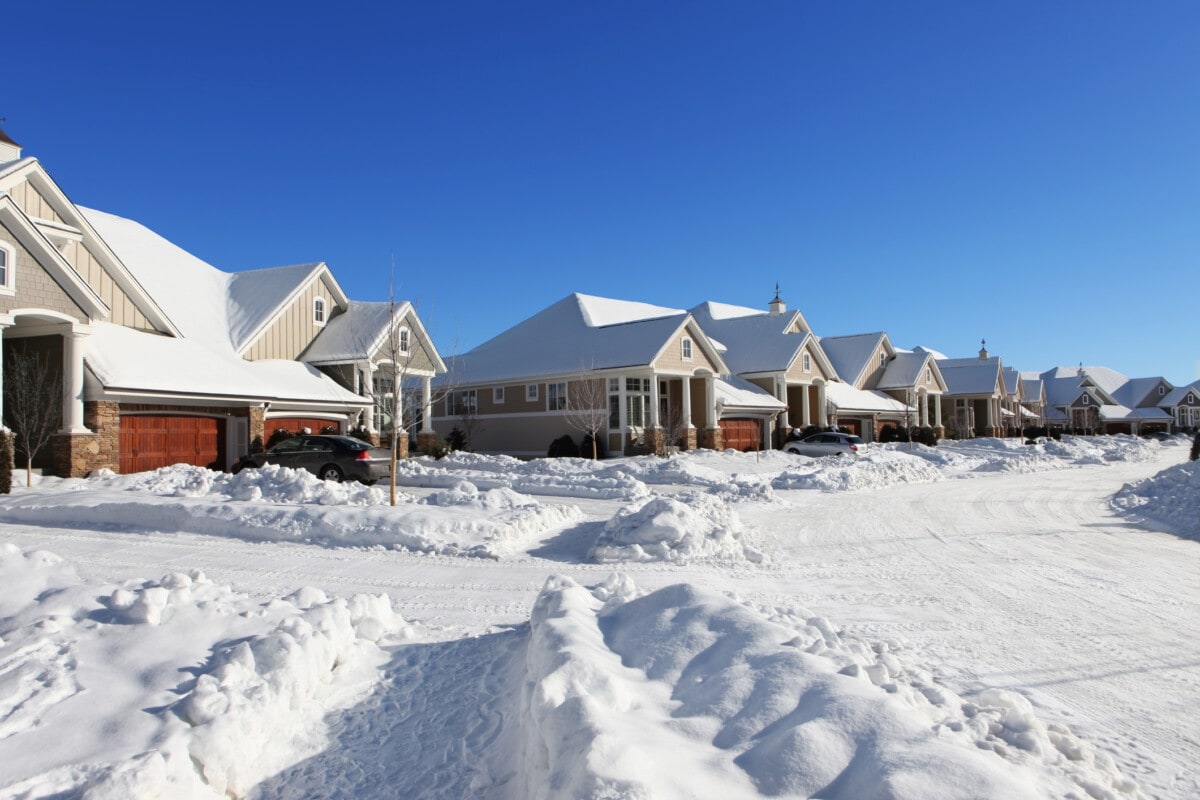
9. Sioux Falls, South Dakota
- Average annual temperature: 46.6 degrees
- Average number of days at or below freezing: 164 days
- Record lowest temperature: -42 degrees (1899)
Sioux Falls, SD, is the ninth-coldest city in the U.S. It experiences most of the same patterns as other cities on the Great Plains: strong cold fronts from Canada, blizzards, and fairly warm summers. Cities on the Plains also tend to see greater daily temperature ranges than others.
Buying a home in Sioux Falls, SD, will cost an average of $318,000, which is below the national average. Or, if you want to rent an apartment, you’ll find the monthly rent price for a one-bedroom apartment to be around $985.
10. Rapid City, South Dakota
- Average annual temperature: 46.7 degrees
- Average number of days at or below freezing: 171 days
- Record lowest temperature: -31 degrees (1996)
The last city on our list is Rapid City, SD, which is located just 300 miles west of Sioux Falls. Similar to other nearby cities, Rapid City can experience bitterly cold winters. Additionally, because of the city’s location on the flat Great Plains near the Black Hills, it’s directly in the path of cold Arctic air from Canada, leading to more days below freezing than nearby Sioux Falls.
However, because Rapid City is farther south than cities like Bismarck and Fargo, yearly average temperatures are much higher.
If you’re considering buying a home in Rapid City, you’ll find that the median home sale price is about $340,000, below the national average. If you’re thinking of renting an apartment, expect the average price for a one-bedroom apartment to be around $1,200.
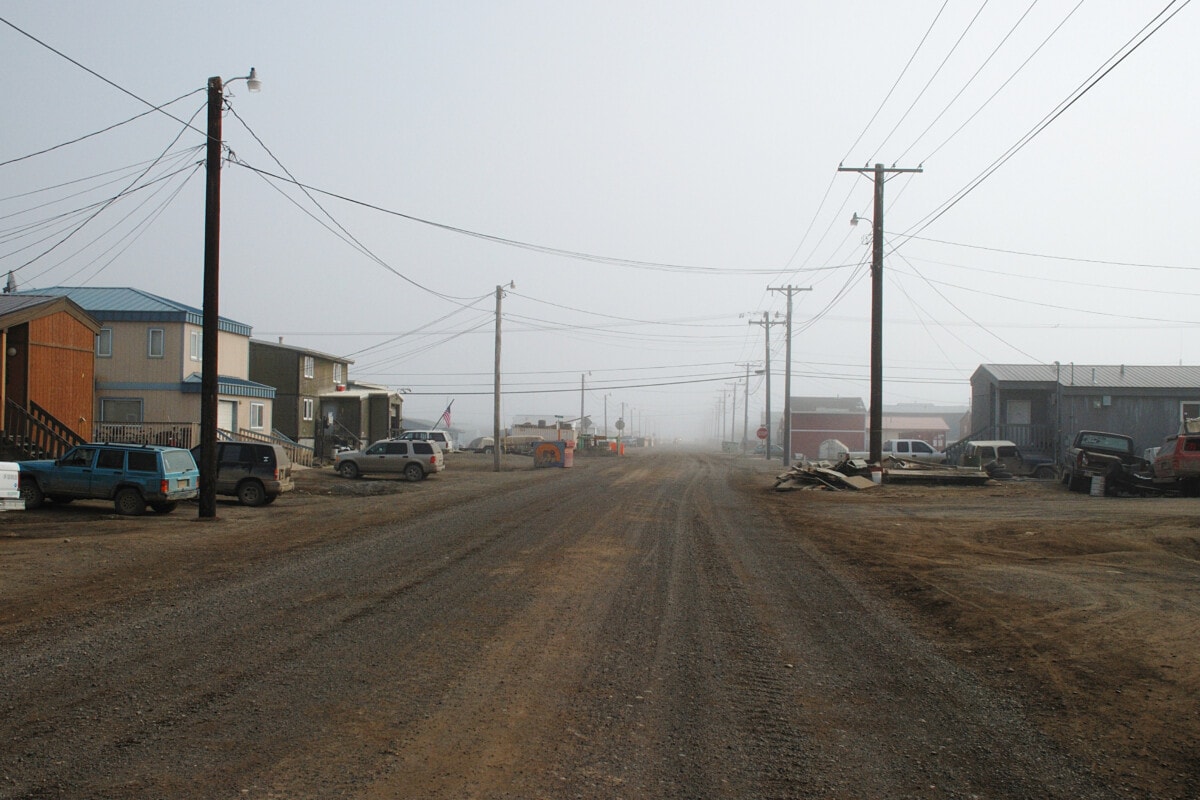
What is the coldest place in the U.S.?
The outright coldest inhabited place in the U.S. is Utqiagvik (formerly Point Barrow) on the northern tip of Alaska. The average annual temperature is just 12.7 degrees Fahrenheit, and in the winter, temperatures average 11 degrees below zero (-24 degrees Celsius). The lowest temperature on record for Utqiagvik is -56 degrees.
Utqiagvik experiences polar nights for over 60 days during the winter, meaning the sun never rises. Surprisingly, over 4,000 people live in the town year-round, and evidence suggests that the Iñupiat peoples have called the area home for at least 1,500 years, and likely far longer. If you want to move here, you’ll find it fairly difficult, though, as the only way to reach the town is by plane or boat.
How are temperatures changing?
Temperatures around the world are rising rapidly, especially in the far north and south. This unprecedented warming is intensifying climate change and already causing dramatic socioeconomic impacts, such as strained water supplies, food insecurity, and more.
As temperatures rise, research shows that the coldest cities in the U.S. will get warmer. Record low temperatures will become less common, while record high temperatures will become more normal. This is already happening, too; seven out of ten cities on this list had a lower average temperature just 10 years ago (comparing 30-year normals from 1980-2010 to 1990-2020.)
The best way to reduce the effects of climate change is to ask policymakers to prioritize climate legislation and do your part to reduce your carbon footprint.
Methodology
This list contains average annual temperature data for major cities with over 75,000 residents according to the 2020 census. 2020 Comparative Climatic Data was obtained from the National Oceanic and Atmospheric Administration (NOAA) and its subsidiary, the National Centers for Environmental Information (NCEI). Additional data found on the U.S. Climate Normals database. All temperatures are in Fahrenheit unless otherwise noted.


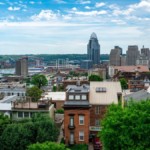
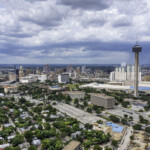
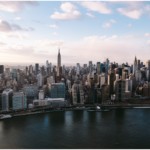
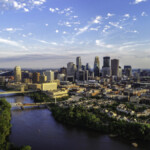



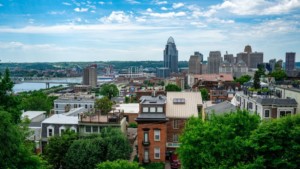
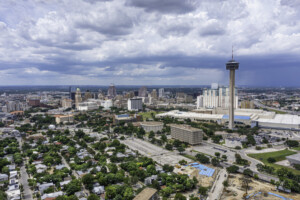
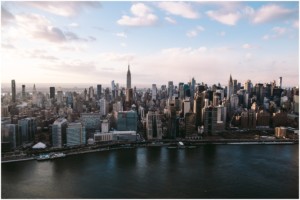
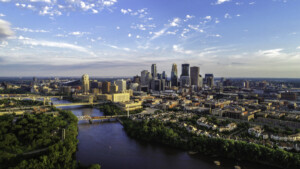


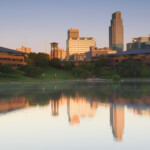

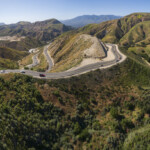
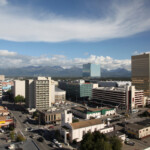
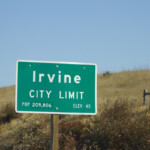
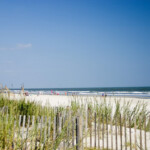






 United States
United States Canada
Canada